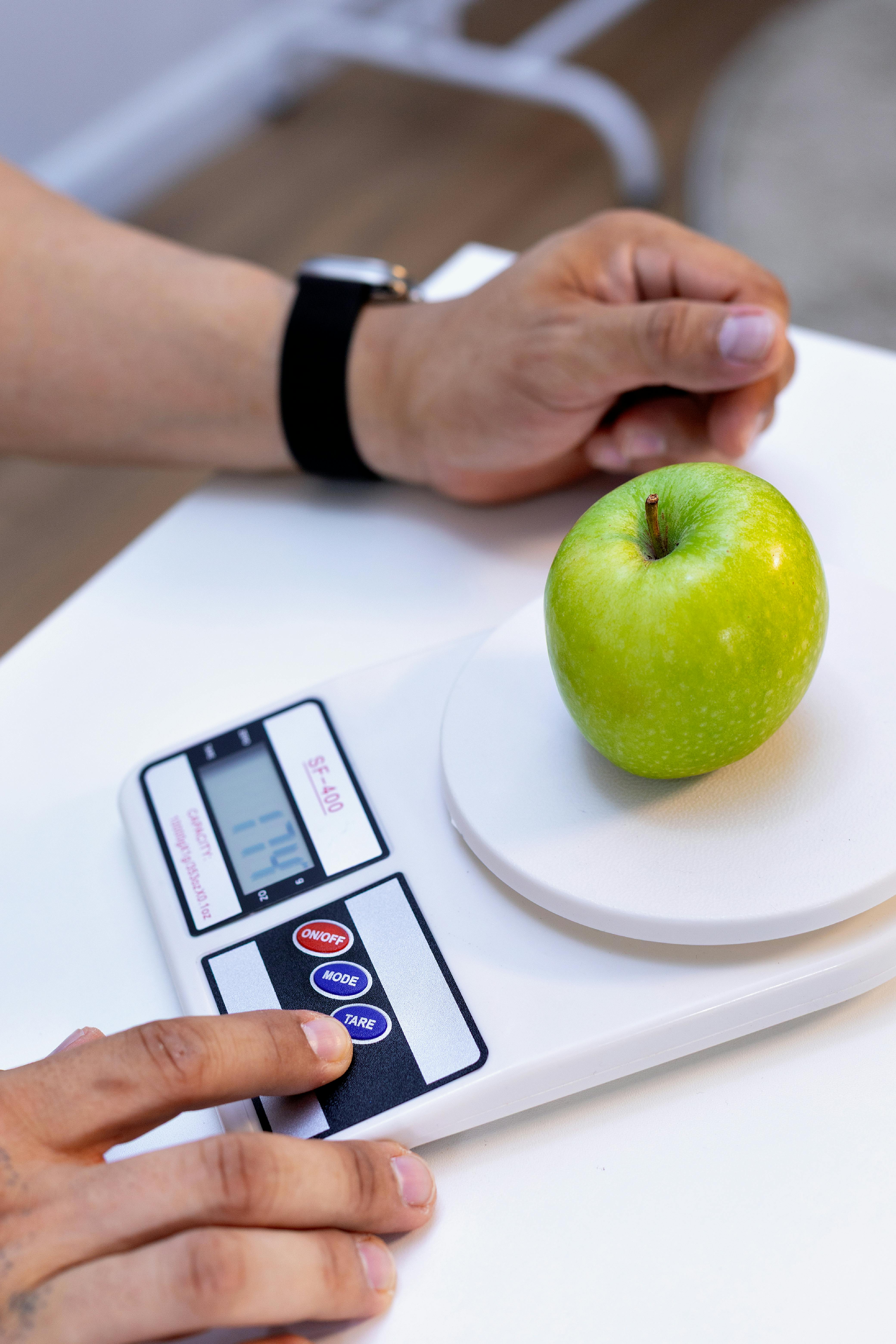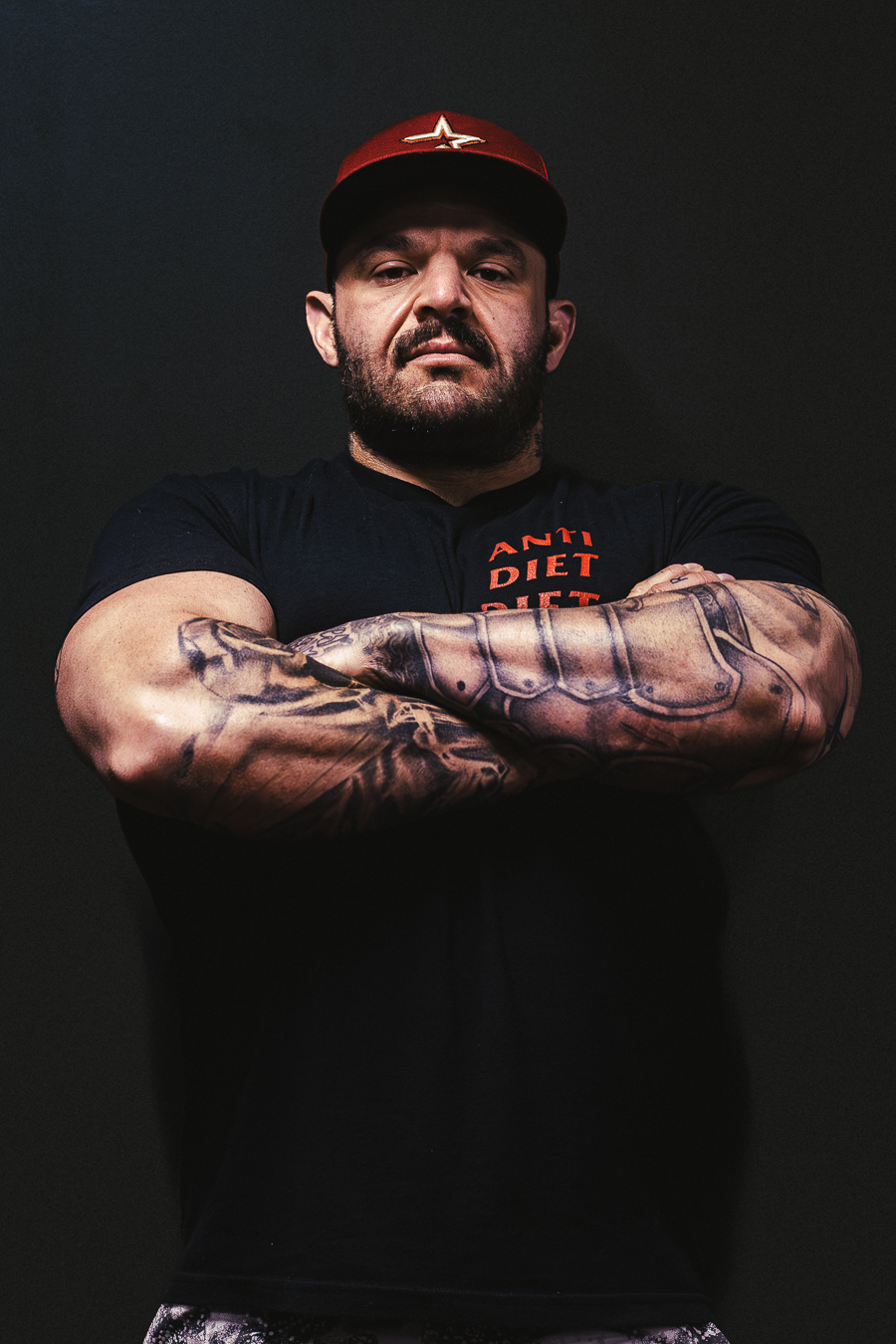
The Lie We Tell Ourselves About "Mostly Tracking" - Paul Oneid
The Lie We Tell Ourselves About "Mostly Tracking"
"I track most of the time."
"I'm pretty consistent with logging my food."
"I know roughly what I'm eating."
These are the three most common lies my clients tell themselves. And I know they're lies because the data tells a different story.
Let me show you what I mean.
The 30-Gram Problem
I had a check-in with a client last week. Smart guy. Owns his own business. Shows up consistently. Does the work.
His goal: hit 180g of protein daily.
His tracking: "pretty consistent."
His actual average over two weeks: 150g.
That's a 30-gram gap—every single day.
"But I'm hitting my protein," he told me. "I have my shake in the morning, my lunch, my dinner. I'm good."
Except he wasn't good. He was 30 grams short. Consistently.
And here's the thing: He genuinely believed he was hitting his target.
This is what "mostly tracking" does. It creates a gap between perception and reality. And that gap is where your progress goes to die.
You Can't Manage What You Don't Measure
There's a reason I require daily tracking from every client. Not weekly. Not "when I remember." Daily.
Because tracking isn't about restriction, it's about awareness.
When you track inconsistently, you're operating on feelings and assumptions. "I think I ate enough protein." "I'm pretty sure I'm in a deficit." "I feel like I'm on track."
Feelings lie, especially when you're stressed, tired, or depleted.
Data doesn't.
He was using pre-packaged meals for lunch and dinner. Each one had 45-50g of protein. Morning shake had 50g. In his head, that's 140-150g. Close enough to 180g, right?
Wrong.
First problem: He was estimating the protein in his pre-packaged meals instead of reading the actual label. Most were closer to 40g.
Second problem: He was scooping his protein powder rather than weighing it. He thought he was getting 50g per shake. He was getting 35g.
Third problem: He wasn't tracking vegetables, condiments, cooking oils, or anything he considered "small."
Add it up: He was consistently 30g short on protein and over by 300-400 calories on fats he didn't know he was eating.
He wasn't failing. He just had no idea what was actually happening.
The Perception vs. Reality Gap
Here's what happens when you "mostly track":
You log breakfast because it's easy. Same thing every day.
You log lunch because you meal prepped it.
You estimate the dinner because you cooked it yourself and say, "It's basically what I always make."
You don't log the handful of nuts while cooking. The taste of pasta sauce. The oil you cooked the chicken in—the "few bites" of your kid's food.
By the end of the week, you believe you're hitting your targets. You feel like you're being consistent. You're confused why the scale isn't moving.
The gap between what you think you're eating and what you're actually eating can easily be 300-500 calories and 30-50g protein.
That's the difference between making progress and spinning your wheels.
Tracking Is Not Punishment
Let me be clear: I'm not advocating for obsessive food weighing for the rest of your life.
But if you're trying to achieve a specific outcome—lose fat, build muscle, prep for a show, make weight for a meet—you need accurate data.
You can't assess what you can't measure.
When he came to me frustrated that he wasn't making progress, my first question was: "Show me your food log."
What he showed me was incomplete. Missing meals. Estimated portions. No data on weekends.
I can't coach you based on "I think I'm eating enough." I need to see what's actually happening.
This isn't about control. It's about information.
What Accurate Tracking Actually Requires
Here's what I told him. Here's what I'm telling you:
1. Weigh your food.
Not estimate. Not eyeball. Weigh it, at least until you've calibrated your perception to reality.
200g chicken breast looks different from what you think. So does 50g oats. So does 15g of peanut butter.
2. Track everything.
Cooking oils. Condiments. Vegetables. That "bite" of food while meal prepping. The cream in your coffee.
If it has calories, it counts.
3. Log it in real-time.
Not at the end of the day when you're trying to remember what you ate. Track it as you eat it or right before.
4. Use an app that integrates with your coaching platform.
I have my clients use Macros First because it syncs with our coaching app. I can see their log. They can't hide from themselves. Or me.
5. Track daily, not when you feel like it.
Consistency in tracking creates consistency in results. You can't spot-check your way to your goals.
The Check-In Quality Problem
Here's the other side of this: incomplete tracking makes you impossible to coach.
His weekly check-ins were a paragraph: "This week was good. Stayed on track. Weight is the same."
That tells me nothing.
I need to know:
What did you actually eat? (Complete logs)
Where did you struggle? (Specific days, specific meals)
What accommodations did you make? (Did you go out to eat? Did you have a planned meal? Did you eat off-plan?)
How did you feel about your choices? (Emotional context matters)
Detailed tracking creates detailed check-ins. Detailed check-ins create effective coaching.
Vague tracking creates vague check-ins. Vague check-ins create vague results.
What Changed for Him
I increased his protein shake to 3 scoops and had him weigh it: 75g protein.
I had him read the actual labels on his pre-packaged meals and log the real numbers: 40g protein each.
I added a non-negotiable nighttime meal: 200g Greek yogurt + 200g berries—another 20g of protein.
Total: 175g protein. Close enough to 180g that we're in the effective range.
More importantly,He now knows what 180g of protein actually feels like.
His check-ins improved. His awareness improved. His results improved.
Not because he gained discipline. Because he gained accuracy.
Your Assignment
For the next three days, track everything with complete accuracy.
Weigh your food. Log cooking oils. Track condiments. Log the "bites" and "tastes."
Don't change what you're eating. Just track it accurately.
I guarantee you'll be surprised by the gap between what you think you're eating and what you're actually eating.
That gap is why you're not making progress.
Close the gap. Get the data. Make informed decisions.
You can't fix what you can't see.

Stay Strong,
Paul Oneid, MS. MS. CSCS
Founder and Head Coach
